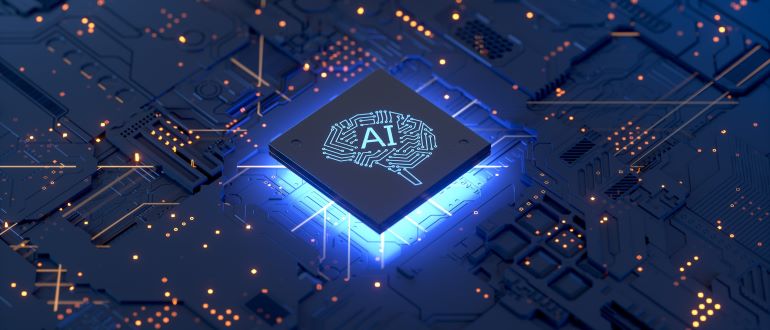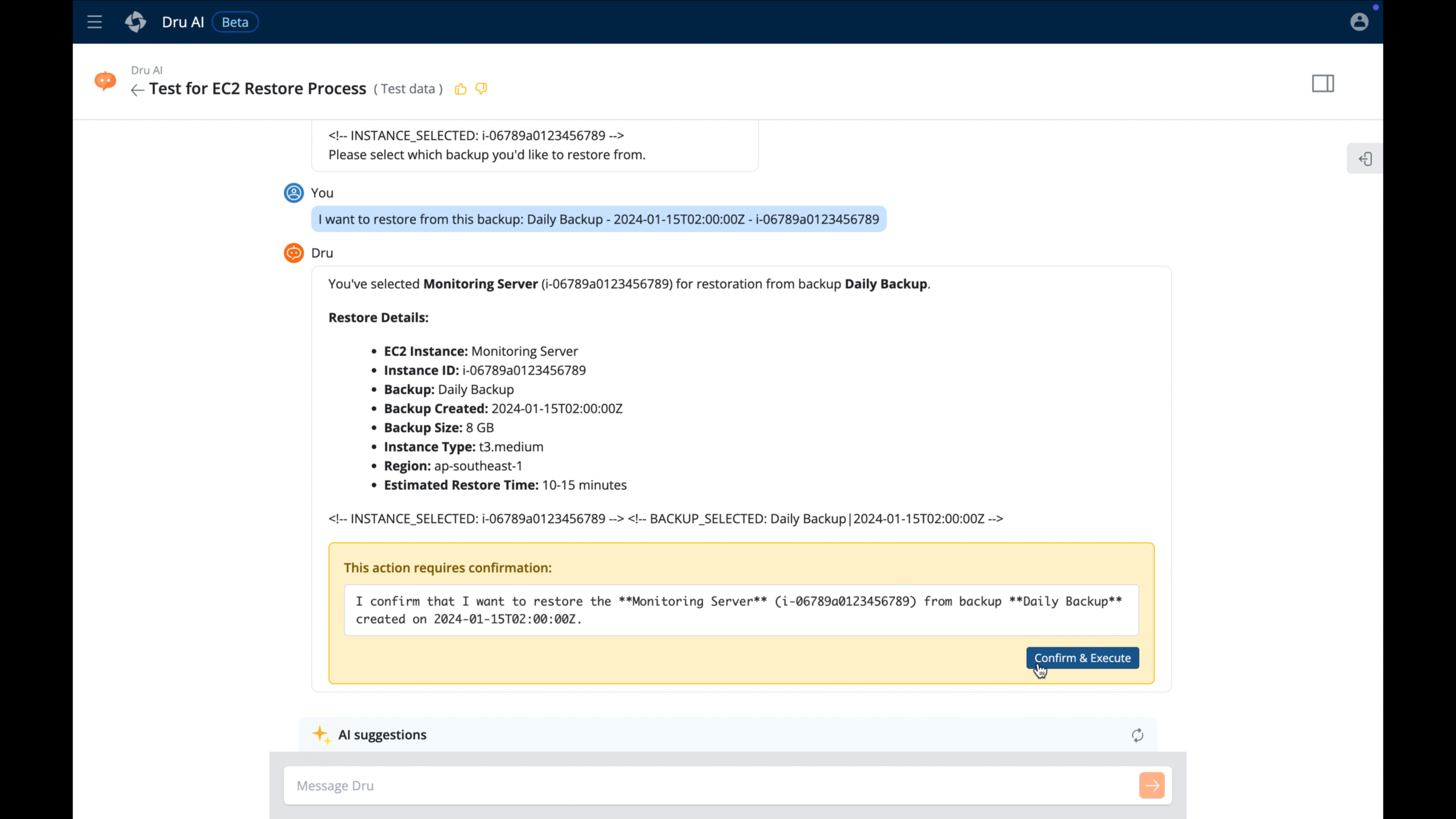
Druva today added a series of artificial intelligence (AI) agents that are specifically trained to autonomously perform a range of tasks across the company’s data protection platform.
Company CTO Stephen Manley said these AI agents extend the capabilities of a DruAI suite of AI tools in a way that fundamentally changes how data is secured, recovered and managed.
Based on the AI models that Amazon Web Services (AWS) provides access to via its Bedrock service, the DruAI agents are capable of identifying key signals and trends from telemetry data, risk indicators and previous events. They can also be used to troubleshoot issues, investigate incidents and recommend optimal next steps.
Additionally, an AI agent can be assigned specific tasks to complete, such as recovering workloads, creating protection policies, or adjusting retention to optimize cost. For example, a DruAI Agent can restore an AWS EC2 instance, including its configuration, volumes and associated networking services using a simple natural language prompt.
IT teams can also apply a set of guardrails developed by Druva to ensure AI agents are only able to access metadata, added Manley. In fact, thus far DruAI has been able to maintain a 0% AI hallucination rate because of those policies and how it has trained the various large language models (LLMs) used to create DruAI, said Manley.
The core Druva platform itself is based on a zero-trust methodology that enables it to comply with most regulations. DruAI, as a result, is not able to access any corporate data that it has not been given authorized access and leverages existing application programming interface (API) integrations to extend the same set of rigorous permissions and access controls to isolate LLMs and AI agents, noted Manley.
Additionally, the DruAI framework also provides IT teams with an option to use built-in synthetic datasets to test their AI prompts, simulate recovery scenarios, and assess results within a secure sandbox environment.
Over the next 12 months, the company plans to advance DruAI’s capabilities across several key areas, including reducing the average time-to-resolution for cyber investigations by 70%, enabling 90% of routine data protection tasks to be completed via natural language interactions, and shortening backup troubleshooting time from hours to less than 10 minutes.
It’s not clear to what degree IT teams are ready to trust AI agents to automate tasks, but AI has already had a profound impact on streamlining data protection workflows, noted Manley. More than 3,000 Druva customers spanning 10,000 users already use DruAI to help investigate and remediate issues, engaging in more than 11,000 conversations with the platform. Over the past year, Druva has also reported that 63% of customer issues are resolved directly with DruAI, with any support issues requiring human intervention being resolved 58% faster.
At this juncture, it’s not a question of whether IT teams will be relying on AI agents going forward as much as it is the degree. Many IT teams will also inevitably have to re-engineer existing IT workflows and processes as more tasks are assigned to AI agents. Those changes are likely to have a profound impact on many of the entry-level positions that today typically involve managing backup and recovery tasks. On the plus side, however, managing IT in the age of agentic AI is also about to become a whole lot simpler as many of the tedious tasks that IT administrators perform today continue to be automated.


